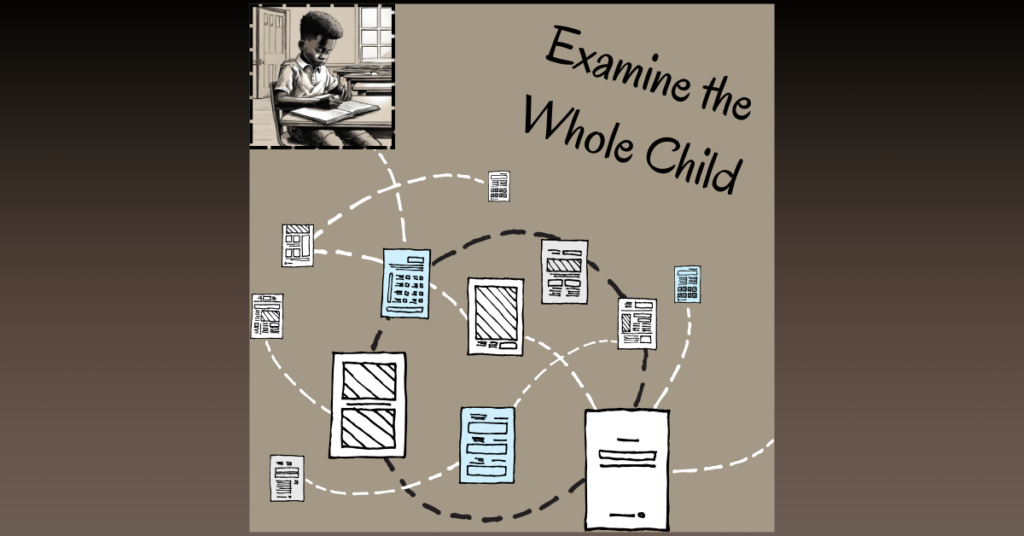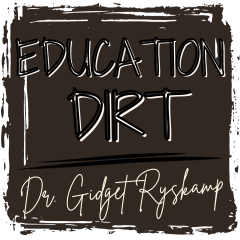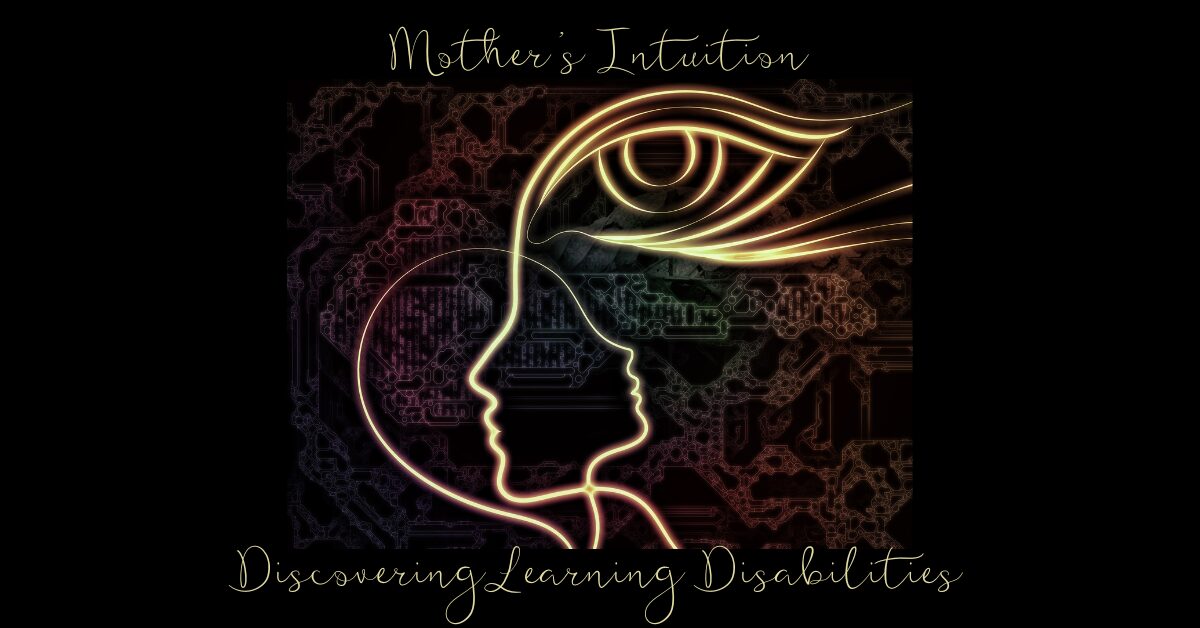Numerous legislations address the rights of individuals with disabilities, with the Rehabilitation Act of 1973, specifically Section 504, being among them. This section mandates a Free and Appropriate Public Education (FAPE) for students with disabilities. It allows for a range of accommodations to ensure that students with disabilities have equal educational opportunities compared to their non-disabled peers.
Qualifications
According to the U.S. Department of Education, schools must examine three things to determine if a student has a disability:
- Whether the student has a physical or mental impairment which substantially limits one or more major life activities
- Whether the student has a record of an impairment
- Whether the student is regarded as having an impairment

Impairments
Per Title 34, Section 504 defines a physical or mental impairment as any physiological disorder or condition, cosmetic disfigurement, or anatomical loss impacting one or more body systems. These body systems encompass neurological, musculoskeletal, special sense organs, respiratory, cardiovascular, reproductive, digestive, genito-urinary, hemic and lymphatic, skin, endocrine, as well as mental or psychological disorders. Mental and psychological disorders specified include intellectual disabilities, organic brain syndrome, emotional or mental illness, and specific learning disabilities.
There isn’t an exhaustive list of qualifying illnesses or conditions under Section 504. Instead, if a student’s life is significantly affected by a disability, the determination can be made by the evaluation team.
One aspect that is often misunderstood is that the impact on a student’s life is not confined to the school environment—it can manifest at various times throughout the day or year. Additionally, the disability doesn’t need to be consistently present; it can be intermittent or even enter a period of remission. The crucial factor is identifying which major life activities are affected by the impairment.
Disabilities
While not comprehensive, this compilation of disabilities provides a glimpse into various conditions that could potentially qualify a student under Section 504.
Other autoimmune disorders, emotional illnesses, disorders of major body functions, personality disorders, physiological disorders, psychotic disorders, neurological impairments, and learning disabilities may also qualify. Therefore, it is imperative to consider input from medical professionals, school personnel, and parents/guardians.
Major Life Activities
As outlined in the Parent and Educator Guide to Section 504 in Public Elementary and Secondary Schools, major life activities encompass a student’s capability to perform tasks and engage in bodily functions.
The provided list is not exhaustive. Therefore, it is important to address a student’s particular limitations through discussions with medical professionals, school personnel, and parents/guardians. Ultimately, it falls upon the evaluation team to decide whether a student meets the qualifications under Section 504.
Basic Daily Life Skills
- Caring for Oneself
- Bending
- Breathing
- Communicating
- Controlling Bodily Functions
- Eating
- Hearing
- Performing Manual Tasks
- Lifting
- Seeing
- Speaking
- Standing
- Walking
- Working
Educational & Life Skills
- Comprehension
- Concentrating
- Learning
- Mathematical Reasoning
- Mathematical Understanding
- Reading Ability
- Reading Comprehension
- Spelling
- Thinking
- Understadning Concepts
- Writing
Emotional & Behavioral Skills
- Ability to Remain Seated
- Controlling Aggression
- Controlling Body Movements
- Controlling Impulses
- Expressing Emotions Appropriately
- Manage Stress

Needed Documentation
There’s a common misconception that having documentation of a medical diagnosis is a prerequisite for Section 504 eligibility. However, this is inaccurate.
Documentation can encompass various forms of evaluation data, as indicated in the provided list below. In the process of completing the 504 evaluation paperwork, the school’s 504 coordinator is responsible for documenting all the presented data. The evaluation team must thoroughly consider this data when assessing a student’s eligibility under Section 504.
Sources of Evaluation Data
Supplied by School
- Cumulative record
- Grade reports
- District/state assessment results
- Curriculum-based assessments
- Class tests
- Portfolios
- Samples of student work
- Disciplinary records/referrals
- Tier 3 referral & intervention data (MTSS)
- Exceptional education records
- Observation data
- School health history (e.g., nurse report)
- Equipment, tools, or devices the student uses at school to lessen effects of impairment
- Administrator input
- Teacher input
- Student input*
Supplied by Parents/Guardians
- Parent/guardian input
- Student input*
- Home history (e.g., military household, frequent moves, siblings)
- Health history (e.g., surgeries, hospitalizations)
- Behavioral history (e.g., outbursts, ability to connect with others)
- Medical evaluations/diagnoses
- Psychological evaluations/diagnoses
- Psychoeducational evaluations/diagnoses
- Equipment, tools, or devices the student uses at home to lessen effects of impairment
- Behavioral or adaptive modifications
- Relevant medications
* Students who can articulate their disabilities, impairments, behaviors, academic performance, or life activities are encouraged to participate in the 504 meeting and offer direct input. In cases where students may face challenges in doing so, school personnel and parents/guardians are responsible for providing information about the student.
A crucial point to keep in mind is that the impacts of mitigating measures (such as medications, medical supplies, or devices) should not be taken into account when assessing a student’s eligibility. For instance, if a student takes medication for ADHD, the student’s behavior and performance without the medication is what must be analyzed.
For further details on mitigating measures, refer to the Americans with Disabilities Act of 1990, as Amended, Section 12102.4(E).
504 Eligible
If a student is determined to be eligible under Section 504, the next step is to determine if the student needs a plan.

504 Plans
After establishing a student’s eligibility for services under Section 504 due to a disability, the next step involves determining whether a 504 Plan is necessary. Such a plan is justified when a student requires specific services to address identified impairments. It’s essential to note that while a student may be eligible, it doesn’t automatically necessitate the implementation of a plan.
The crucial focus is on ensuring that the school can accommodate the individual needs of a Section 504-eligible student to the same degree it meets the needs of students in regular education.
A blog post dedicated to the discussion of 504 Plans is currently in progress.







